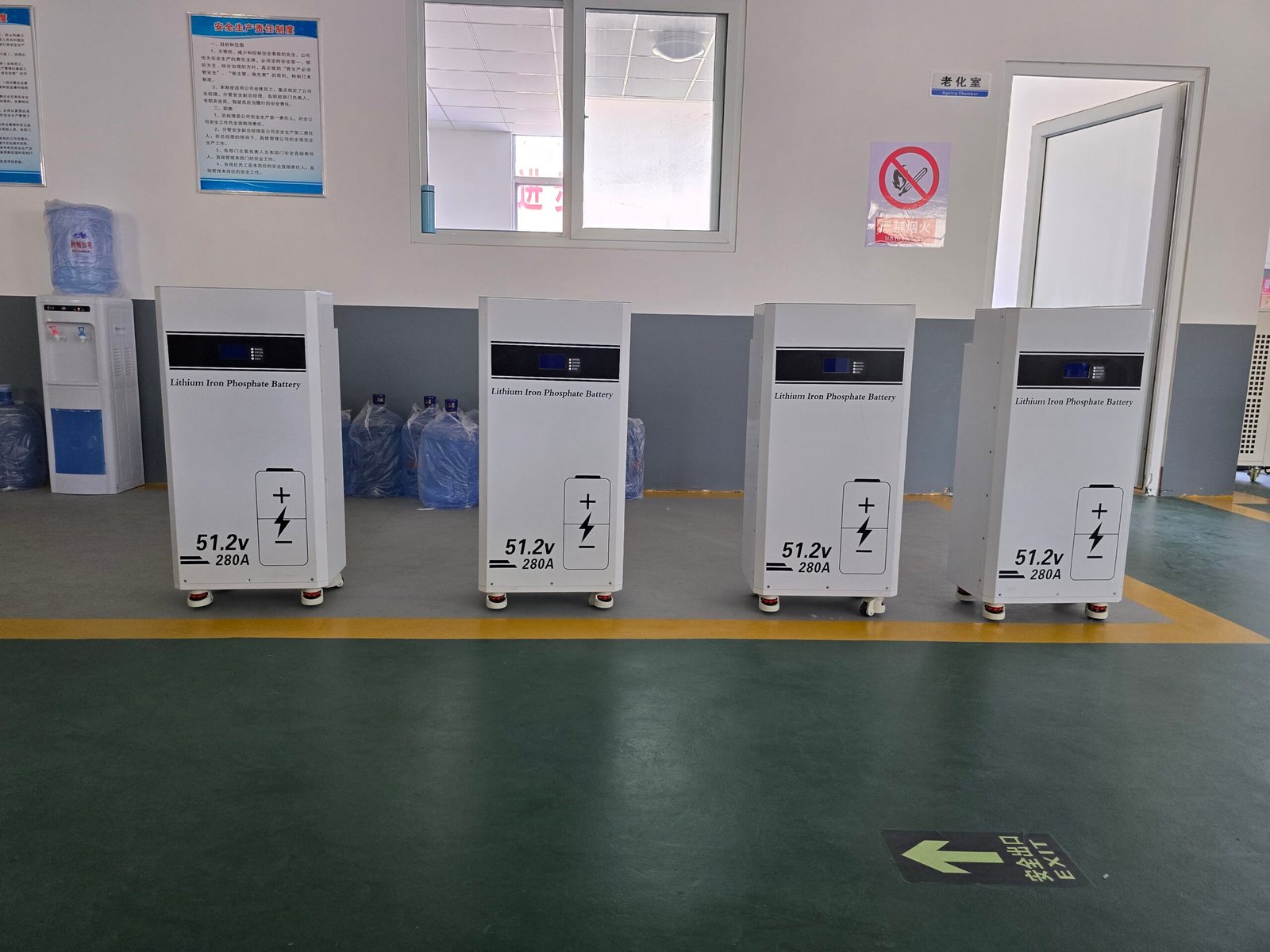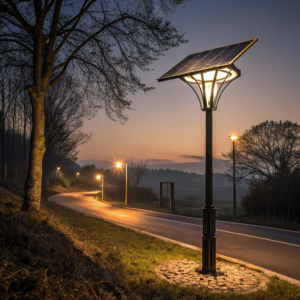Encapsulation Materials in PV Modules: Performance and Protection
•
Why do some solar panels last 30+ years while others degrade prematurely? The secret lies in the encapsulation materials that shield photovoltaic cells from environmental damage.
High-quality encapsulation materials protect solar cells from moisture, UV radiation, and mechanical stress while maintaining optical clarity - directly impacting module lifespan and power output.
The invisible shield around solar cells plays a crucial role in long-term performance, with material choices affecting everything from efficiency to fire safety and recyclability.
Common Encapsulation Materials: EVA vs. POE vs. TPT
What separates premium solar panels from budget options? The encapsulation materials used can make a 10-15 year difference in module lifespan.
Ethylene-vinyl acetate (EVA) dominates 80% of the market due to low cost, while polyolefin elastomers (POE) offer better moisture resistance, and TPT backsheets provide superior durability.
Material Performance Comparison
-
EVA (Ethylene-Vinyl Acetate)
- Pros: Low cost (~$0.05/W), proven technology
- Cons: Prone to yellowing, acetic acid formation
- Typical lifespan: 20-25 years
-
POE (Polyolefin Elastomer) Property Advantage Moisture barrier 5-8x better than EVA PID resistance Excellent Cost 30-50% premium -
TPT Backsheets
- Structure: Tedlar-Polyester-Tedlar
- UV resistance: 25+ years
- Fire rating: UL94 V-0
Industry Trend: Bifacial modules are driving POE adoption, with market share growing from 15% to 35% in 2023.
How Encapsulation Affects Module Lifespan and Efficiency
Can better encapsulation really improve solar panel ROI? The data shows encapsulation quality impacts both longevity and annual degradation rates.
Premium encapsulation can reduce annual degradation from 0.8% to 0.3%, preserving 12-15% more power output over 25 years while preventing delamination and cell corrosion.
Long-Term Performance Factors
-
Moisture Protection
- EVA: 2-5g/m²/day water vapor transmission
- POE: 0.5-1.5g/m²/day
- Critical for humid climates
-
UV Stability
- Yellowing reduces light transmission by 3-8%
- Advanced stabilizers add 5-7 years to lifespan
-
Mechanical Stress
- Hail resistance (IEC 61215)
- Wind load durability
- Thermal cycling performance
Case Study: A 2022 NREL study found POE-encapsulated modules retained 94% power after 15 years vs. 87% for EVA in Florida installations.
Emerging Trends in Encapsulation Technologies
What's next in solar panel protection? New materials and processes aim to solve longstanding reliability challenges while improving sustainability.
Next-gen encapsulation includes UV-curable resins, thermoplastic polyolefins (TPO), and silicone-based materials - offering easier recycling, better performance, and reduced carbon footprint.
Innovations Shaping the Future
-
Sustainable Materials
- Bio-based EVA alternatives
- Halogen-free flame retardants
- Recyclable encapsulation systems
-
Advanced Processing
- Low-temperature lamination
-
In-line quality control Technology Benefit UV curing 60% faster production Laser cutting Precise edge sealing
-
Smart Encapsulation
- Self-healing materials
- Moisture sensors
- Degradation indicators
Commercial Outlook: DSM's new polyolefin film claims 40-year durability while being fully recyclable - potentially revolutionizing the industry.
Conclusion
Encapsulation materials represent a critical but often overlooked component in PV modules, with material innovations continuing to push the boundaries of solar panel reliability and performance.






